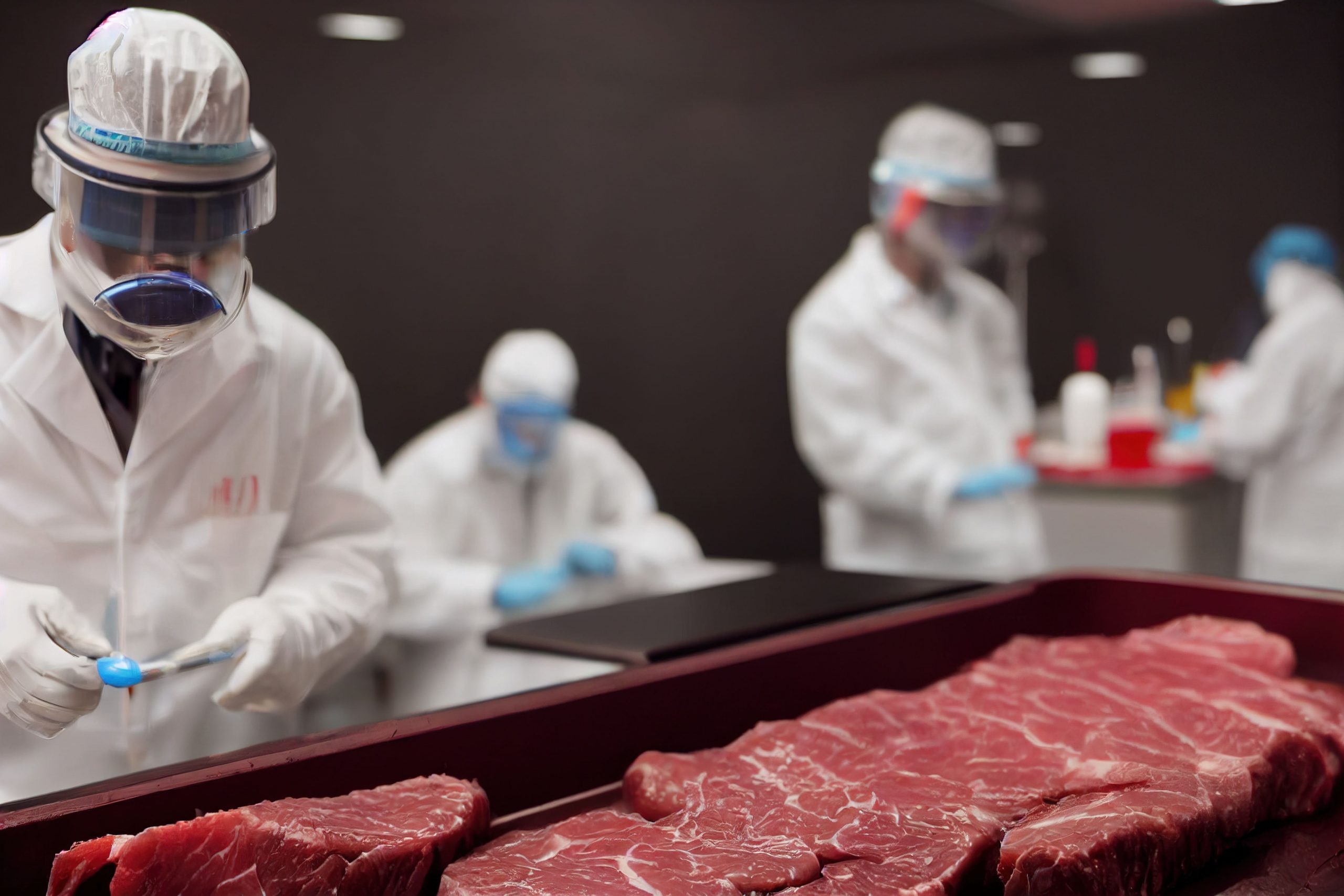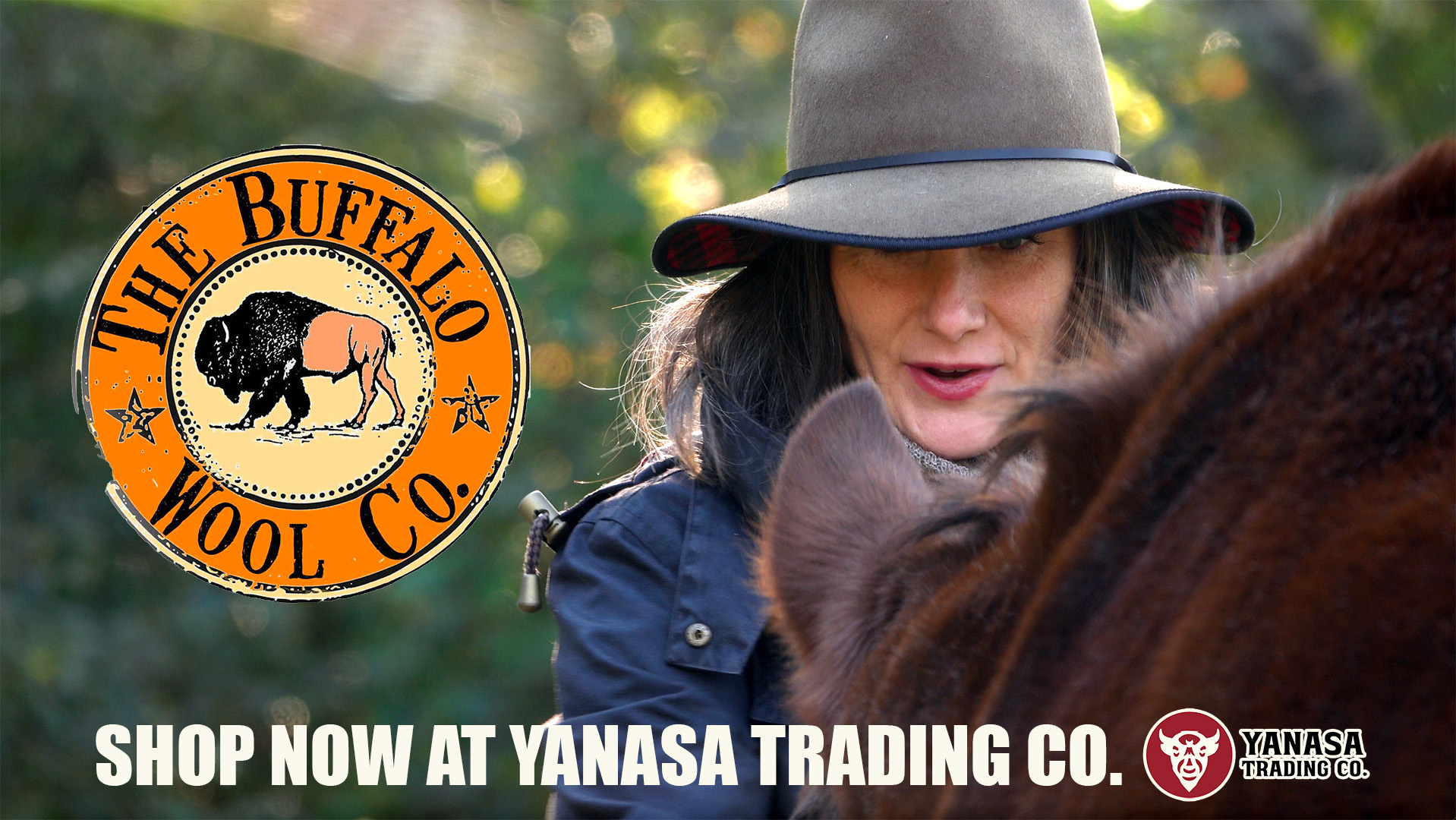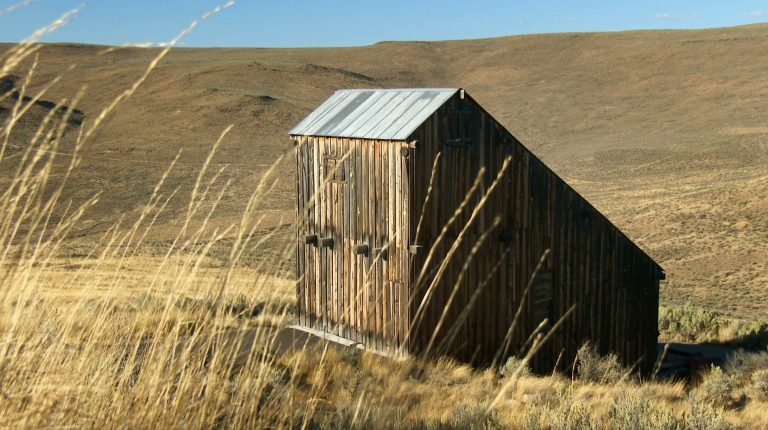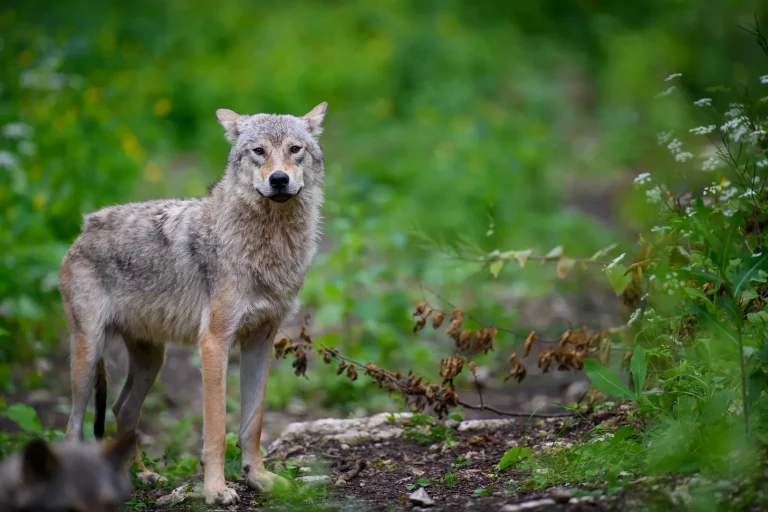How Tyson and Big Meat’s Monopoly Tactics Are Forcing Family Ranchers Off the Land—And Why America’s Food Future Is at Stake
Yanasa TV News
The American heartland, once the backbone of family-owned agriculture, is facing a crisis few outside rural communities truly grasp. Beneath the supermarket’s “low prices” and corporate PR spin, small ranchers and poultry growers are being squeezed out by the very companies they once relied on—giants like Tyson Foods, JBS, Cargill, and National Beef. These corporations, which now control more than 80% of the beef-packing market, have been accused of using their market power to bankrupt small producers, often through contract manipulation, plant closures, and outright market exclusion. The result? Lost farms, broken communities, and a food system increasingly rigged against the people who actually raise our food.
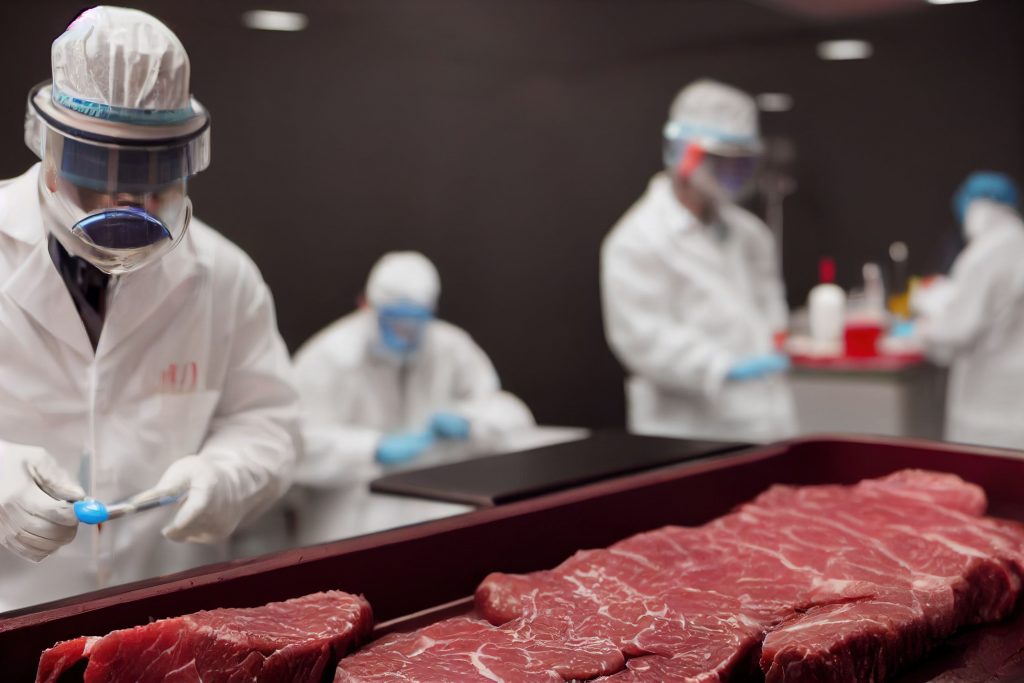
How the System Works: Monopolistic Tactics and Small Rancher Debt
At the heart of the controversy are allegations of monopolistic practices by corporate meatpackers—especially Tyson Foods—that go well beyond normal business. According to Investigate Midwest and recent Congressional hearings, these include:
- Controlling Slaughterhouse Access: Small ranchers are often forced to sign exclusive contracts, locking them into relationships where the meatpacker can change terms or cut them off without warning.
- Plant Closures: When a plant closes, as Tyson did in Dexter, Missouri in 2023, contract growers are left with millions in debt and no buyer for their product. Shawn Hinkle, a Missouri grower, borrowed $2.3 million for Tyson-required infrastructure; after the closure, he owes $2.8 million and faces bankruptcy (Investigate Midwest, Dec. 2024).
- Manipulating Contracts: Many growers have little bargaining power. When Tyson or others change the deal, it’s “take it or leave it”—often after a farmer has sunk millions into barns or equipment.
- Coordinating with Competitors: Lawsuits filed by affected growers allege that Tyson and competitors collude to prevent farmers from finding other buyers after contracts are canceled.
The result: small ranchers, locked into debt by industry-driven capital requirements, are often left with no way out but to sell land or declare bankruptcy. In some cases, their only “asset” is the debt-laden property built for a market that no longer exists.
The Human Toll: Real Ranchers, Real Losses
Let’s put faces to the crisis:
Shawn Hinkle Dexter, MO $2.8 million – Borrowed $2.3M to build chicken houses for Tyson; plant closure left him stranded, facing bankruptcy.
Jessie Bridwell Missouri $1.4 million+ – Less than a year left on contract when it was canceled; bankruptcy and lawsuits pending.
Richard & Samantha Green Missouri UnknownAmount – Sued Tyson, claiming collusion and intentional financial harm after being forced out of business.
Multiple Arkansas/MO Growers – Arkansas/MO$1–2 million+ Large debts remain on barns, now with no market for poultry after Tyson closures in 2023.
These stories, documented in lawsuits and reporting by Investigate Midwest (May 2024 report), are echoed across the country, especially in regions where a single company dominates the processing market.
Industry Consolidation: How Did We Get Here?
The meatpacking industry’s transformation from a patchwork of regional processors to a handful of global titans didn’t happen overnight. According to Farm Aid (Jan. 2025), just four companies—Tyson Foods, JBS, Cargill, and National Beef—now process more than 80% of America’s beef. In the poultry sector, Tyson’s dominance is even greater.
This consolidation has led to:
- Less competition: Fewer buyers for farmers’ livestock, meaning companies can dictate contract terms.
- Lower prices for producers: As buyers collude or simply use their market power, ranchers receive less for their cattle, chickens, or hogs, often below the cost of production.
- Rising prices for consumers: Contrary to the industry’s claims, retail prices have stayed high even as farm prices dropped—leading to higher profits for processors and shrinking margins for ranchers.
Regulatory Complicity and Political Influence
Why hasn’t government action reined in these abuses? Critics say that regulatory agencies have been captured by the very companies they’re supposed to oversee. Senator Josh Hawley (R-MO) has accused Tyson and the other “big four” of creating a “modern-day monopoly” and called for antitrust enforcement, but with little immediate effect (ZeroHedge, June 2025). Meanwhile, Tyson’s political lobbying and deep pockets allow it to shape policy and, in some cases, silence critics—through both legal intimidation and PR campaigns.
What Tyson and Big Meat Say
Tyson and its peers claim their size allows for “efficiency,” keeps food affordable, and ensures a steady supply for consumers. In press releases Tyson denies wrongdoing and touts its commitment to “partnering with farmers.” Yet as lawsuits mount and plant closures continue, these assurances ring hollow for many rural families.
The Controversy: Antitrust, Rural Survival, and the Future of Food
Ranchers and advocates are demanding the breakup of meatpacking monopolies—arguing that only vigorous antitrust action can restore a fair, competitive market. The National Farmers Union, Farm Aid, and grassroots groups have joined the call. On the other side, Big Meat insists that breaking up the industry would raise prices and “hurt the consumer.”
On social media, the issue is front and center: posts tagged #BigMeat, #RancherRights, and #BreakUpBigAg capture a growing anger among rural Americans, with personal stories of loss and betrayal going viral among agricultural audiences. Some X users frame it as a deliberate attack on family farms—a “war on the rural middle class” that fits a growing narrative of rigged systems and corporate overreach.
Impact: What’s at Stake for America’s Food System
If these trends continue, the consequences go beyond a few bankrupt farms:
- Loss of local food: Fewer independent ranchers mean less local meat, more corporate control, and increased vulnerability to supply shocks.
- Rural economic collapse: When farms go under, entire communities suffer—from the feed store to the school.
- Food security risks: A handful of companies controlling food supply increases risk of disruptions, contamination, and price spikes.
- Environmental and animal welfare issues: Factory-scale operations are more likely to cut corners, externalize pollution, and ignore animal well-being.
A Fight for Fairness and Survival
The story of America’s small ranchers is increasingly the story of resistance—against impossible odds, against rigged contracts, and against a system that rewards only the biggest and most ruthless. As policymakers debate antitrust action and rural communities fight for survival, the fate of America’s food system hangs in the balance.

